6 comment(s) so far. Please add yours!
#AdAstraWriMo – November 2025 Progress!
This hastily written story was inspired by a FaceTime conversation. As I sat in my uniform talking about rain and a research plan, the face on the other side of the screen was illuminated such that it seemed to wear a halo.
Distracting. Because of course I kept thinking of guardian angels… and spanking. Of course.

I stood on tiptoe before the angry, red postbox, fighting to shove a stack of letters through the slot as they threatened to slide out of my grasp. One of them, the thick, unwise one I had written in a fit of 1AM tears, pleading, and righteousness, was wedged right in the middle, its edges tearing.
Already I knew it was a mistake. But the postbox was there, the letters already partway in, and, well, inertia is a powerful force.
(I am Entropy Girl, but that’s another story.)
As I shoved harder, someone behind me cleared his throat. The sound was the most polite, academic, schoolmasterly “ahem” I had ever heard.
I didn’t need to turn. I recognized the voice immediately.
But I turned anyway, my heart already thudding with anticipation and dread.
Despite the polite Britishness of Ruston’s gentle “ahem”, the sound always promised tears at bedtime.
Behind me a tall, faintly rumpled man, spectacles perched halfway down his disapproving nose, his greying hair illuminated in the fading light, stood watching me, his expression mild, eyes intense. I could just see his wings, yes, tucked neatly like an afterthought, the feathers in soft parchment colours, almost shadows against his white shirt. He carried his own oddly individual lighting, the sort that reminded me of the way at dusk a hilltop statue glows at embued with quiet, watchful authority. His gaze was that of a don who’d had to step out of a tutorial, now forced to deal with my nonsense personally.
“My dear girl,” he said in a voice low, warm, but unmistakably reproachful, “you cannot possibly intend to post that.”
Too polite to point, he nodded at the incriminating envelope, the one I’d unconsciously tried to hide in the sandwich of more innocent correspondence. It now stood out and glowed, if not red, then sunset pink.
Knowing I was lost I still tried to brazen it out. “It’s already sealed and stamped.”
Ruston sighed, beleaguered as only a male guardian angel who’s shepherded my communication for almost three decades can sigh. “Neither sealing nor stamping an imprudent letter renders it prudent, my dear, only harder to retrieve.”




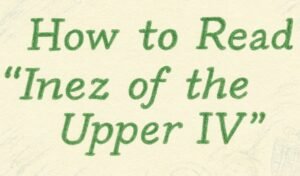 T
T Introduction
Introduction

 But Inez is watching. And she remembers.
But Inez is watching. And she remembers. This tale follows
This tale follows  – Sit where you are seen, not where you are heard.
– Sit where you are seen, not where you are heard.
 (This part of the text comes from the end of
(This part of the text comes from the end of  He sat at his desk while sh slept. He could not silence her — Honour was not a woman who could be silenced, or remain chastened for long without planning rebellion. She was too beautiful not to be noticed, even had she been inclined to play the wallflower — and her debut season had already proved she was anything but.
He sat at his desk while sh slept. He could not silence her — Honour was not a woman who could be silenced, or remain chastened for long without planning rebellion. She was too beautiful not to be noticed, even had she been inclined to play the wallflower — and her debut season had already proved she was anything but.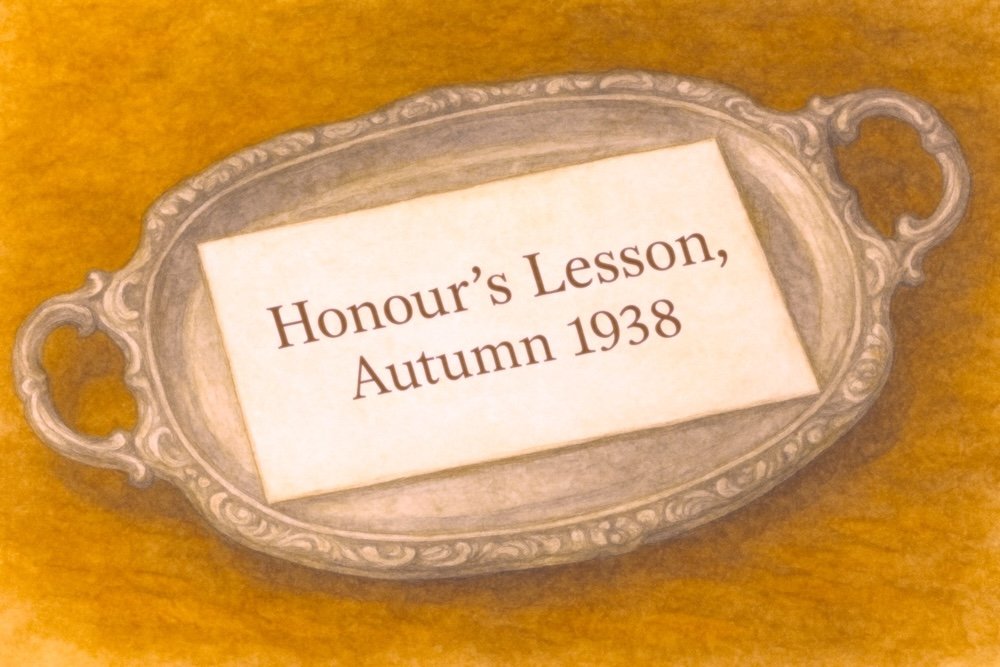
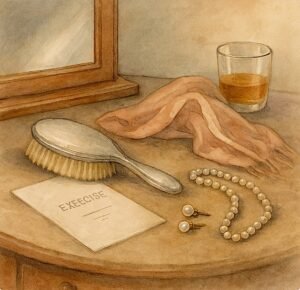 Ned’s jaw tightened. To the others, she was a charming bride showing off her sparkle. To him, she was a bright flame catching against dry kindling. He saw the peril of innocence mistaken for invitation, the danger of brilliance wielded without care. He sensed gossip already clinging to her like sickly perfume, a risk that could be stored, repeated, used. He admired her wit – how could he not? – yet threaded through the gaiety he heard something else: the false brightness of a society pretending it was not on the verge of war.
Ned’s jaw tightened. To the others, she was a charming bride showing off her sparkle. To him, she was a bright flame catching against dry kindling. He saw the peril of innocence mistaken for invitation, the danger of brilliance wielded without care. He sensed gossip already clinging to her like sickly perfume, a risk that could be stored, repeated, used. He admired her wit – how could he not? – yet threaded through the gaiety he heard something else: the false brightness of a society pretending it was not on the verge of war.
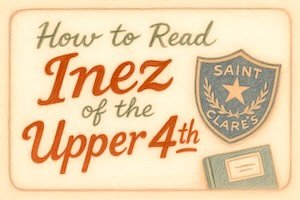
 The Charrington Papers, of which the present collection forms a small but telling part [see also
The Charrington Papers, of which the present collection forms a small but telling part [see also 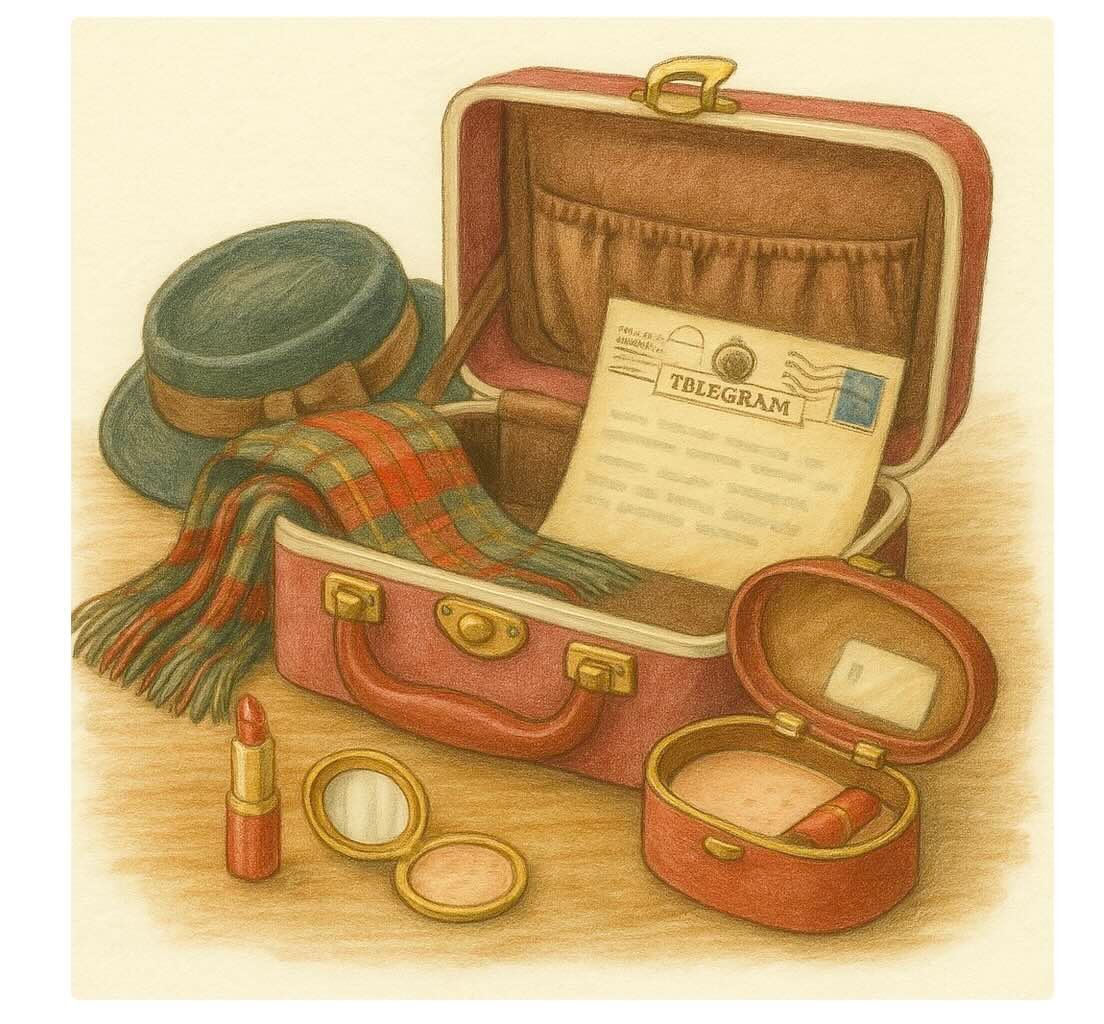
 Miss Gladys Williams
Miss Gladys Williams

 The story of Inez de Vries unfolds through a series of documents—some official, pulled from the prim and unforgiving files of Saint Clare’s School for Girls; others are more intimate, drawn from the journals, letters, and scribbled notes of the girls themselves. Some will appear typed and orderly; others will retain the texture of handwriting, rendered in a cursive-style font. Readers are invited to step into the role of archivist, assembling the story from these traces, and imagining the lives that fill the gaps between pages—the tensions, the alliances, the secrets too dangerous to write down. Not everything will be explained. But Inez is watching. And she remembers.
The story of Inez de Vries unfolds through a series of documents—some official, pulled from the prim and unforgiving files of Saint Clare’s School for Girls; others are more intimate, drawn from the journals, letters, and scribbled notes of the girls themselves. Some will appear typed and orderly; others will retain the texture of handwriting, rendered in a cursive-style font. Readers are invited to step into the role of archivist, assembling the story from these traces, and imagining the lives that fill the gaps between pages—the tensions, the alliances, the secrets too dangerous to write down. Not everything will be explained. But Inez is watching. And she remembers. At Saint Clare’s, it is a truth universally acknowledged (at least by
At Saint Clare’s, it is a truth universally acknowledged (at least by 
 The Secret Letters exchange began when Clarissa Charrington slipped a note into the post for her aunt Gladys, with Beano clippings and a sly message from Inez de Vries tucked inside. Gladys, amused and willing, forwarded the enclosure under her own respectable cover. In this way, the girls’ words travelled by official post — yet hidden in plain sight, a letter within a letter.
The Secret Letters exchange began when Clarissa Charrington slipped a note into the post for her aunt Gladys, with Beano clippings and a sly message from Inez de Vries tucked inside. Gladys, amused and willing, forwarded the enclosure under her own respectable cover. In this way, the girls’ words travelled by official post — yet hidden in plain sight, a letter within a letter.